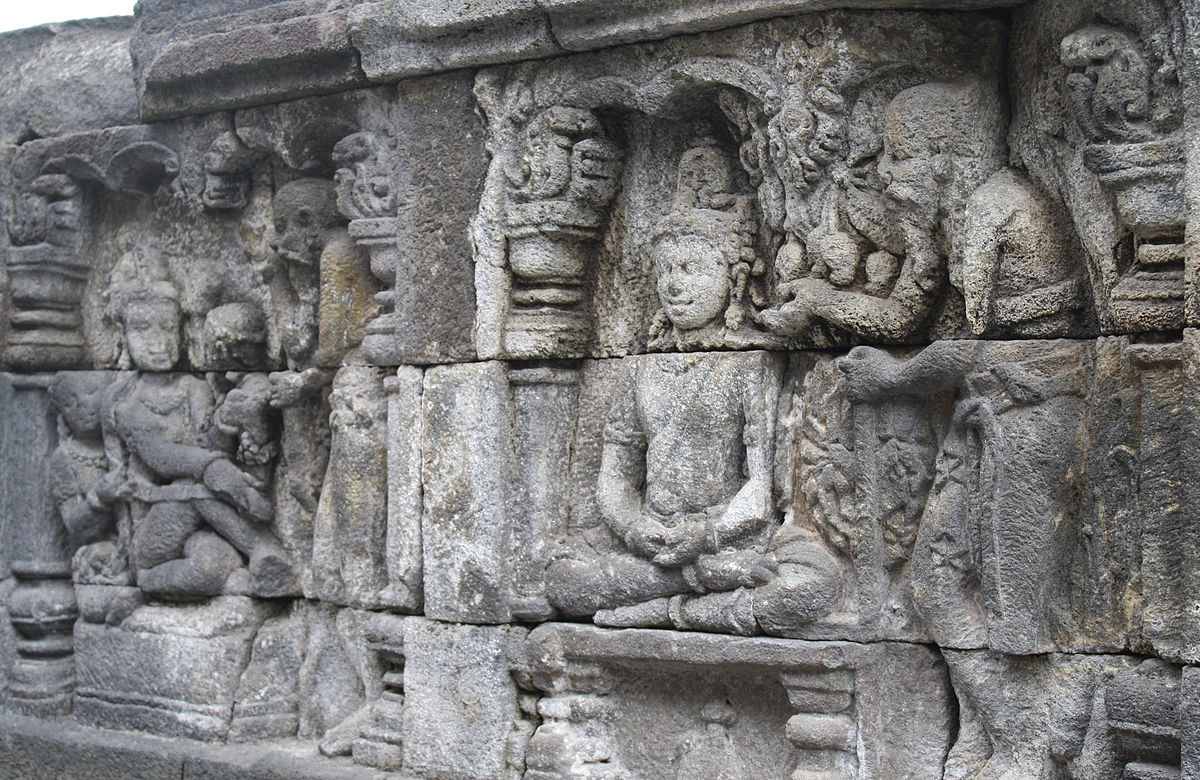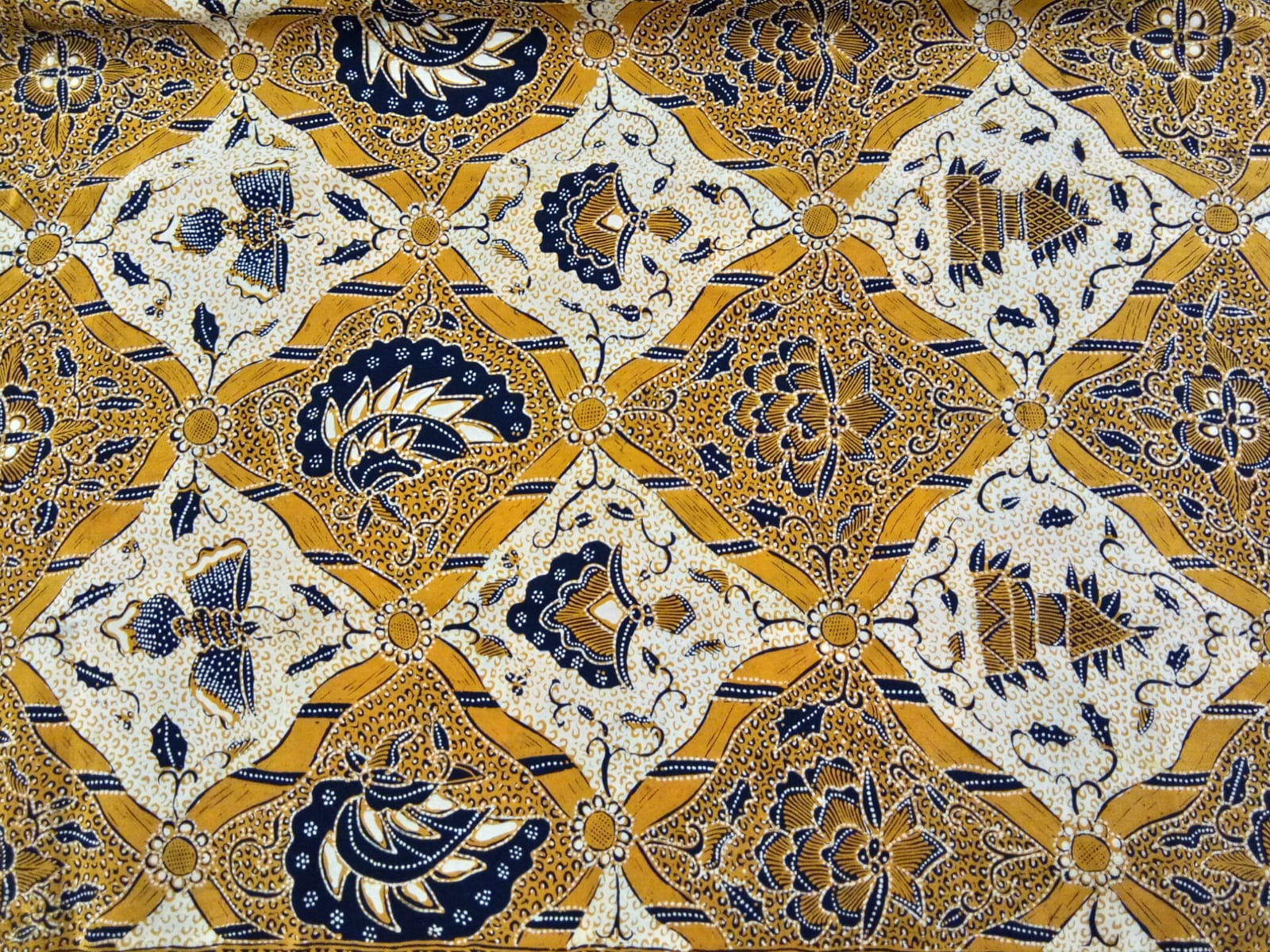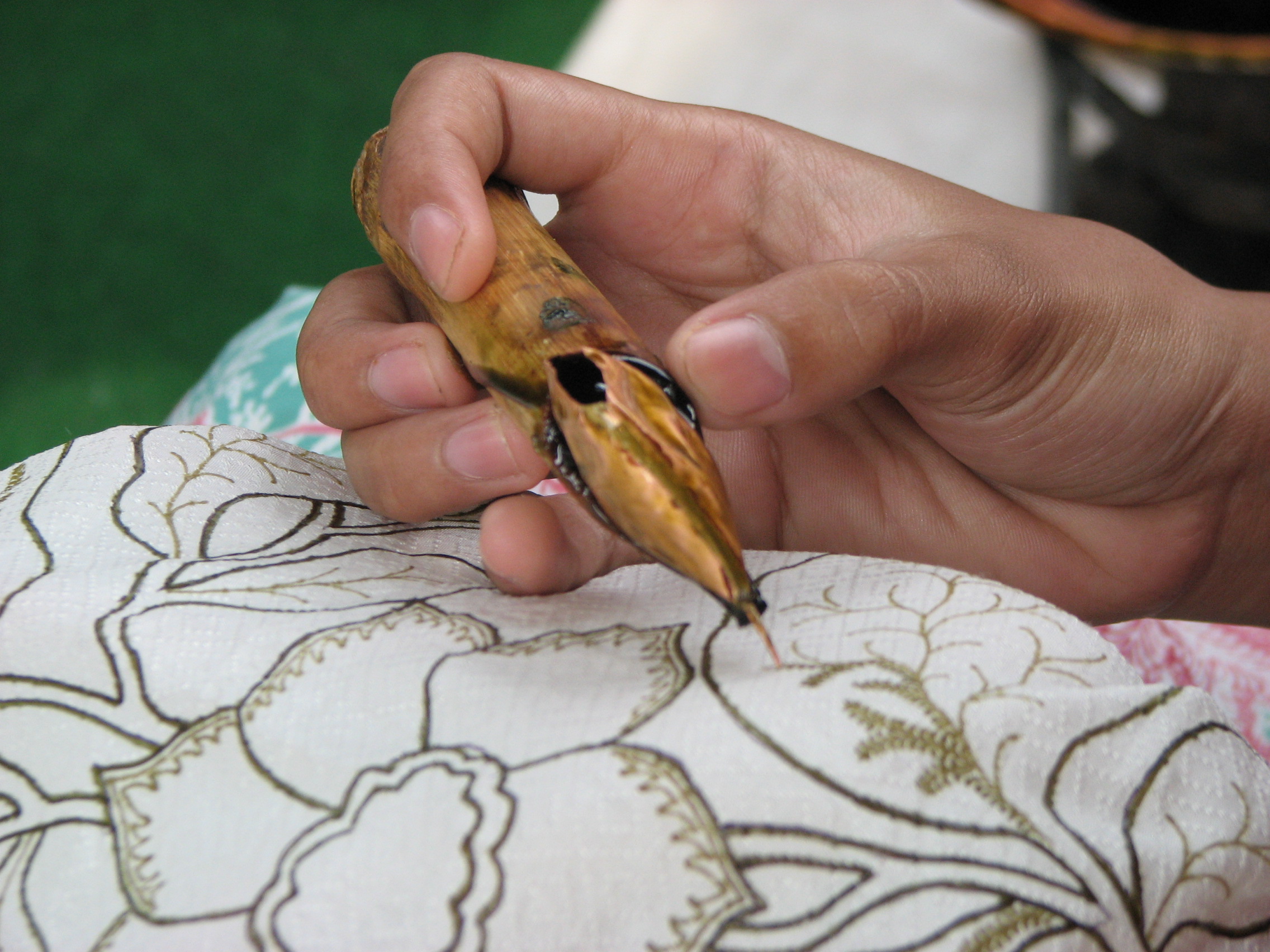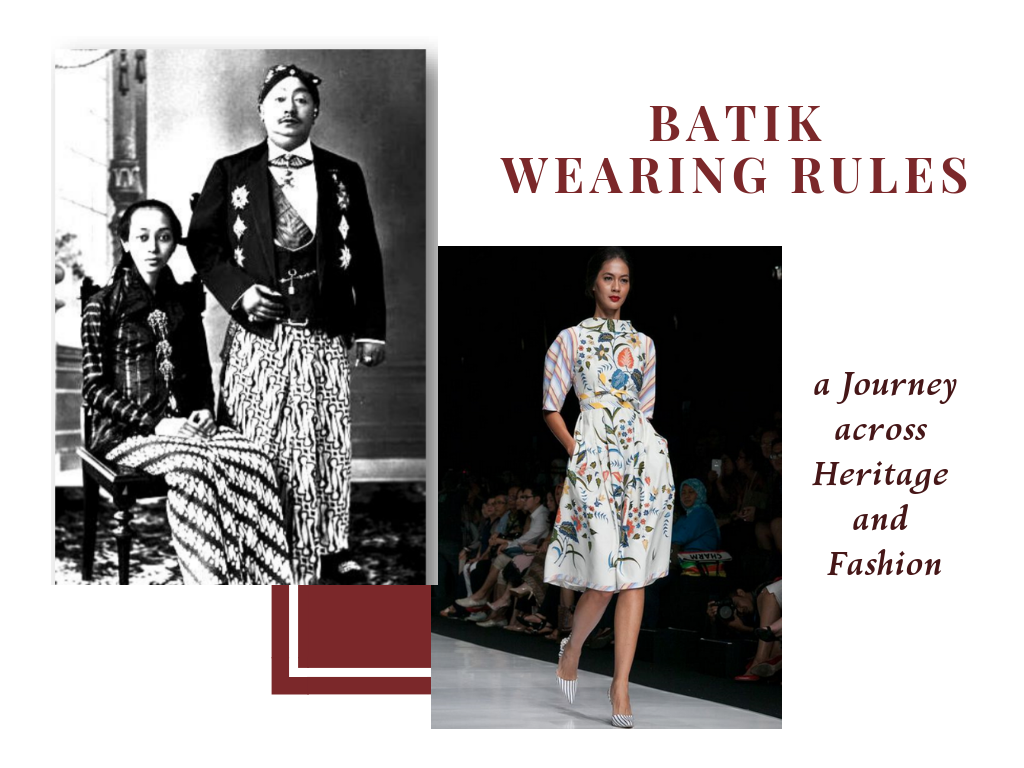Indonesian Batik
The Charm of Textile Heritage
UNESCO List of Masterpieces of the Oral and Intangible Cultural Heritage of Humanity since 2 October 2009
What is Batik?
- term given to a traditional textile decorated using hot melted wax and natural dyes, whose intricate patterns and ornaments contain philosophical values that belong to each Indonesian community.
- In other words, “Batik” means “writing down dots”. It could have been derived also from the phrase mbathik manah, which means “to draw with the whole heart”
- Duration: 1 month up to 2 years per textile depending on the complexity
Exceptional Cultural
Values
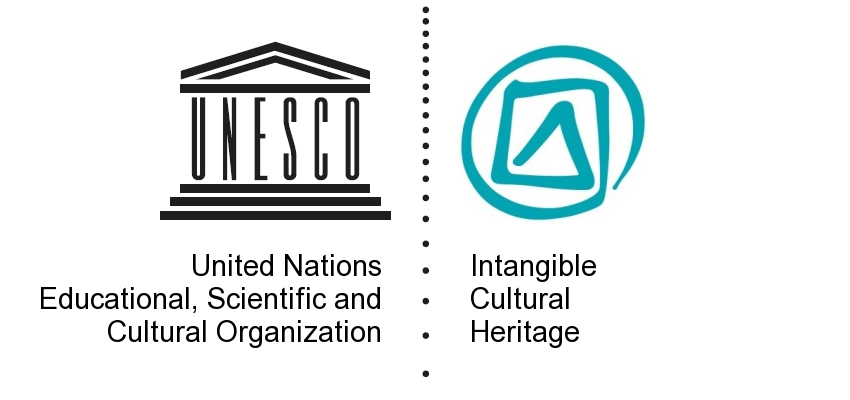
Image: UNESCO.ICH
Batik was added to the List of UNESCO’s Intangible Heritage of Humanity in 2009 for its exceptional cultural values. According to UNESCO ICH, the cultural significances of Batik promotes the expression of cultural diversity and the identities of communities, groups and individuals, which should be fully respected. The safeguarding of Batik intangible cultural heritage is of general interest of humanity, in view of preserving its cultural importance for present and future generations.
Exceptional Cultural Values #1
Historical tradition
(5000 B.C – 21 C)
The wax-resist dyeing has existed since 5000 BC-2600 BC. Later, this production technique entered the Indonesian archipelago through merchants from India – Gujarat who got in contact with local people during the heyday of the Silk Road maritime trading period, ca. 2-15 CE. In the 6th–8th centuries, Batik textiles were restricted for use to royalty and nobility, especially in Java. From then on, this cultural practice has been passed on from generation to generation until today.
Exceptional Cultural Values #2
Philosophical Values
Batik has intrinsic semiotic and symbolic meanings, sacred motifs are to be used by particular people and in specific events (king, weddings, state occasions, etc). For example, the Sidomulyo motif is one of the javanese classical motifs, which is specifically used for the bride’s costume in Javanese royal wedding. It symbolizes good wishes for the wearer to achieve glory, harmonious family, and highly respected social status. Each Batik motif developed in every region contain rich local wisdom, history, and socio-culture values existed in the local community.
Exceptional Cultural Values #3
special craftmanship
Batik production can take up to one month up to 2 years depending on the purposes of the textile creation and the complexity of the process. The process of producing one textile is comprised of 6-8 steps from designing, wax patterning on the cloth, soaking process with natural/chemical dye water solutions, pattern colouring, full wax covering, wax removal with hot and cold water, colour fixation with a natural solution, drying and the finishing. The process is repeated for each colour scheme until the desired result obtained. The artists use Canting, as a tool to put hot melted wax on the cloth.
Exceptional Cultural Values #4
special wearing rules
The fascinating socio-cultural values of ancient Javanese society govern the use of Batik, especially in particular life events, (marriage, birth, career, etc), and social functions, which show the social status of the wearer. Nowadays, batik has been adapted and widely used as daily dress among Indonesians. The batik dresses and clothing are designed with a mixture of traditional patterns and modern style. The characteristics of batik wearing rules can be varied according to the social functions, as seen in the following posts:

